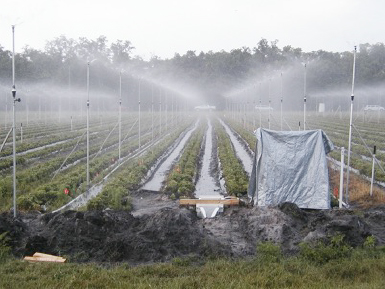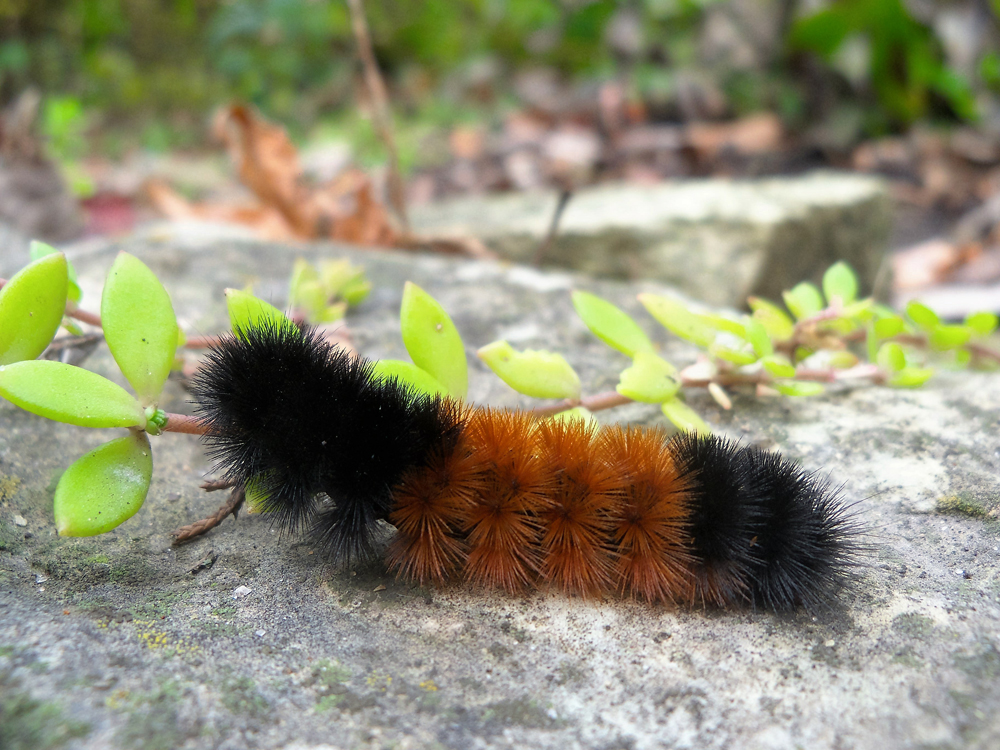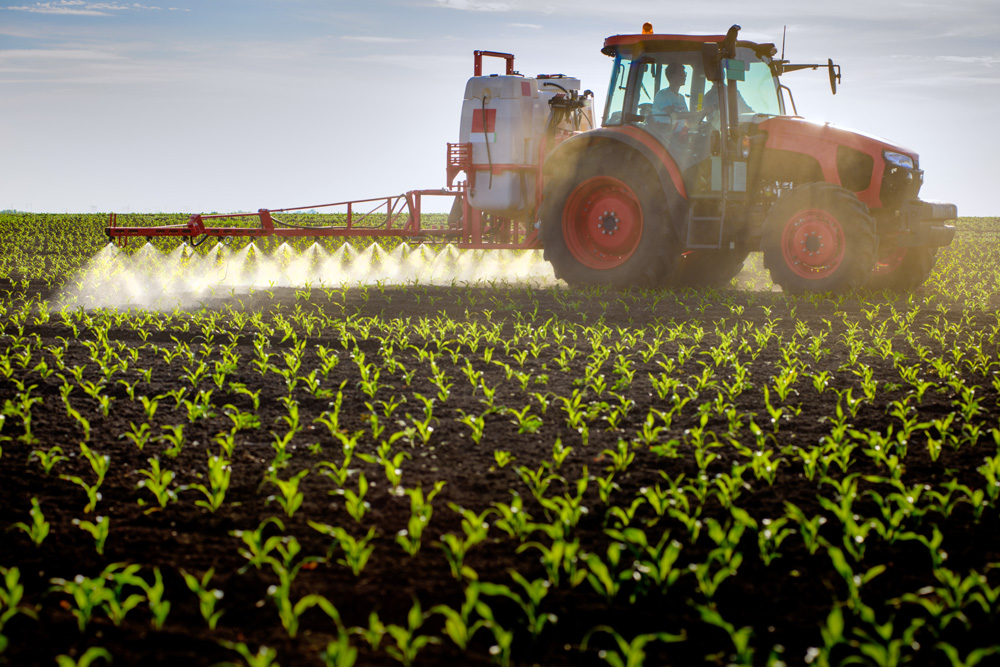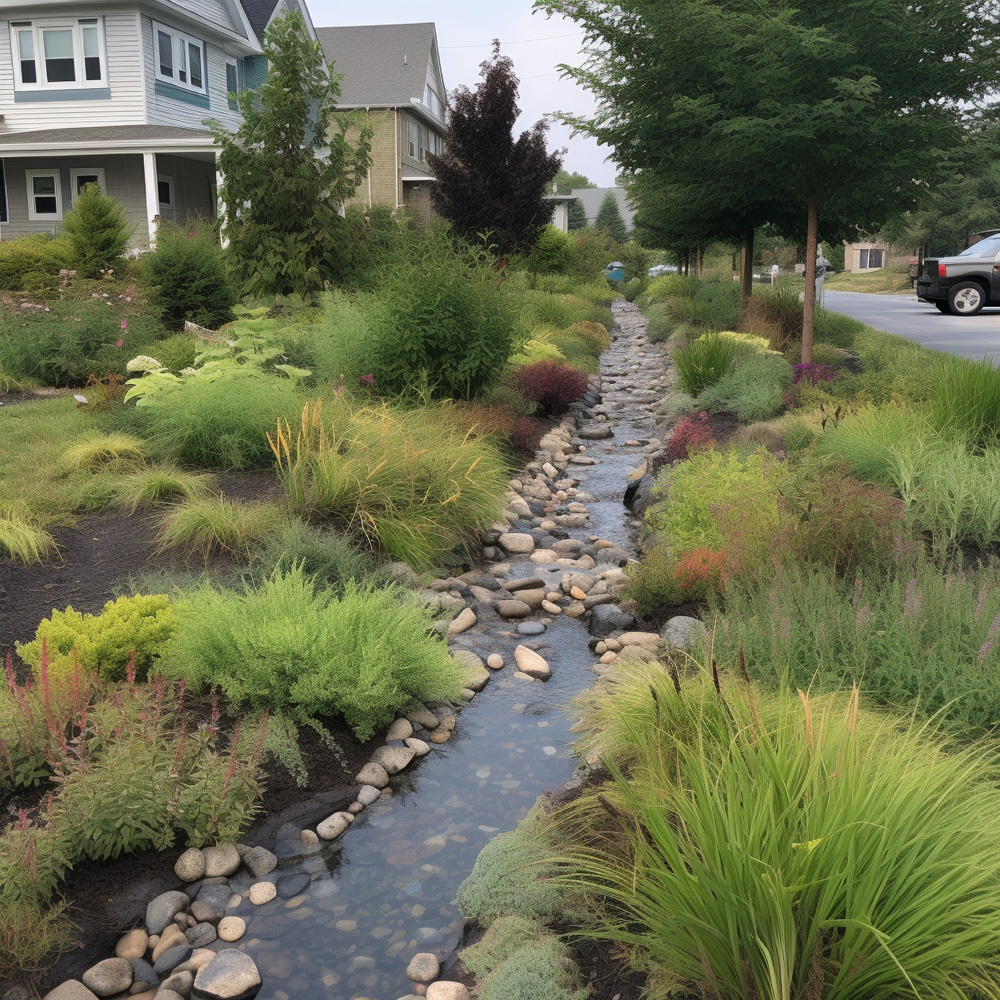The Drone Battleground: the Future of UAV’s in the USA
The Drone Battleground: the Future of UAV’s in the USA September 12, 2024 | Field Studies | Tim GiffardCurrently, the U.S. is in the midst of a lobbyist battle royale for control of the domestic … Read More












